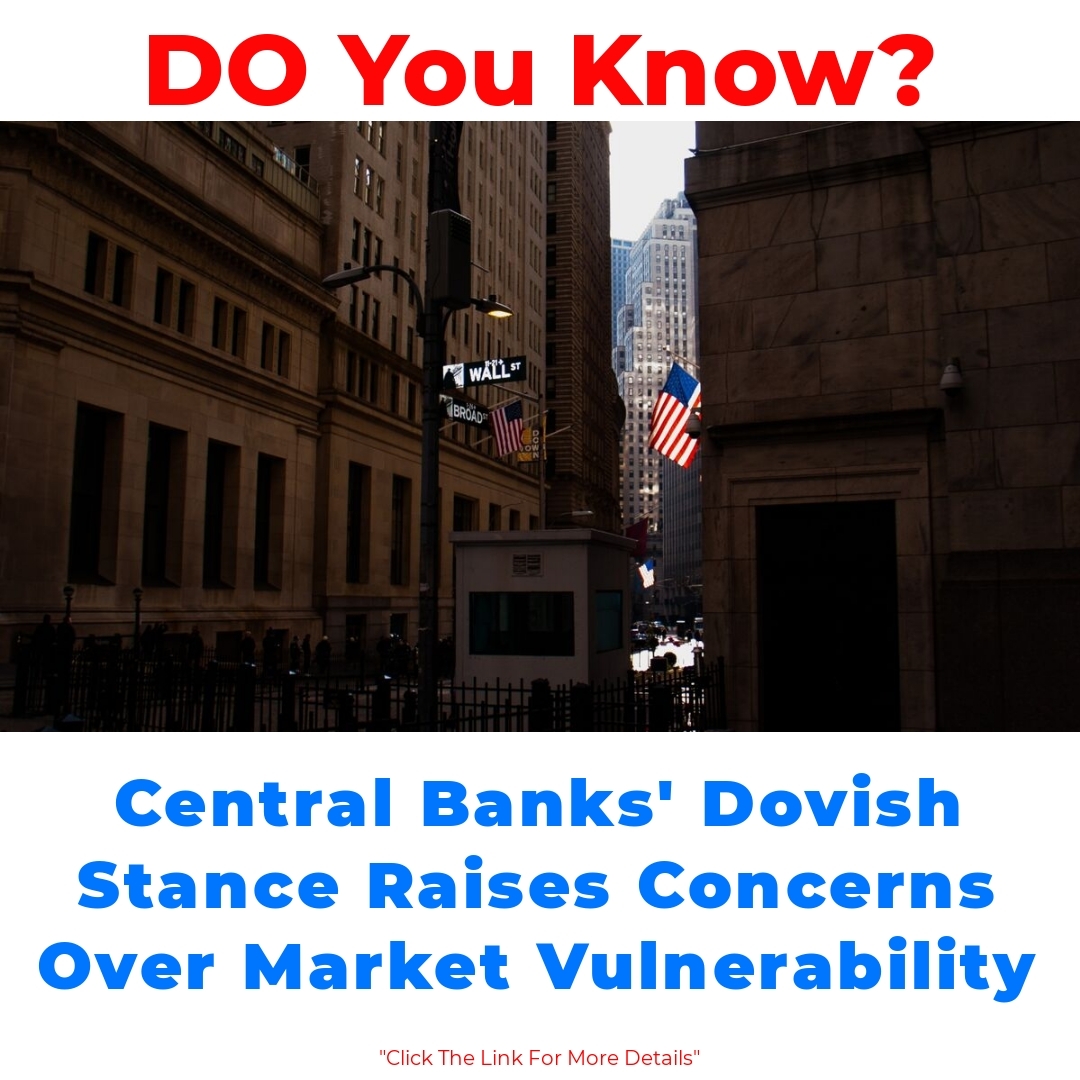The current economic landscape is shaped by the influence of dovish central banks and expanding economies. Dovish central banks focus on maintaining low interest rates and supportive monetary policies, which play a crucial role in nurturing economic growth. This article explores how these factors contribute to market dynamics and vulnerabilities.

What are Dovish Central Banks?
Dovish central banks are financial authorities that aim to stimulate economic growth by keeping interest rates low and maintaining a supportive monetary policy. This approach is designed to encourage borrowing and spending, which can boost economic activity. When we think about these banks, the key characteristics that come to mind include:
- Low interest rates
- Support for economic recovery
- Focus on unemployment rates and inflation control
Historically, central banks may adopt a dovish stance during times of economic downturn or stagnation. For instance, during the financial crisis of 2008, many central banks worldwide slashed interest rates to encourage borrowing and spending. This strategy can be effective, especially when economies face recessionary pressures.
The Relationship Between Dovish Central Banks and Expanding Economies
Dovish central banks play a crucial role in supporting expanding economies. By maintaining low interest rates, these banks help create an environment conducive to growth. The relationship between dovish monetary policy and economic expansion is quite significant:
- Lower borrowing costs lead to increased investments in businesses.
- Consumer spending rises as loans become more accessible.
- Economic confidence grows, leading to job creation.
Let’s look at some real-world examples. Countries like Japan and the United States adopted dovish policies during different periods. Japan’s sustained low interest rates aimed to combat deflation and stimulate growth, while the U.S. Federal Reserve implemented similar measures in response to the Great Recession. Both instances show how dovish policies can nurture economic growth and recovery.
The Impact of Dovish Policies on Inflation Rates
One important aspect of dovish central banks is their impact on inflation rates. While low interest rates can spur economic activity, they can also lead to receding inflation. This means that prices may not rise as quickly or might even fall—a scenario that can have several effects on the economy.
Currently, we see varied inflation trends across global markets. For instance, some regions are experiencing low inflation rates, contributing to a sense of financial stability. However, prolonged periods of low inflation can pose risks to financial stability, such as potential deflation, which might discourage spending and investment.
Assessing Market Vulnerability in a Dovish Climate
As we evaluate market vulnerability in an environment dominated by dovish central banks, it’s essential to understand what this vulnerability means. The perception of stability can be misleading. Here’s how expanding economies can contribute to this perceived stability:
- Investors may feel confident, thinking steady growth will continue.
- Lower interest rates reduce the cost of capital, fueling investments.
However, the reliance on dovish monetary policies creates potential risks. If markets become too dependent on these low rates, any shift toward tightening policies could lead to sudden market shocks. Investors need to be cautious and consider the broader implications of such vulnerabilities.
Investment Risks Linked to Dovish Central Banks and Economic Trends
Dovish central banks can indeed lead to unique investment risks that savvy investors must navigate. Some of the key risks include:
- Market speculation can rise, leading to asset bubbles.
- Overvaluation of stocks and real estate might occur.
- Unexpected policy shifts from central banks can catch investors off guard.
To mitigate these risks in a vulnerable market environment, here are a few strategies:
- Diversify investments across different sectors.
- Stay informed about policy changes and economic indicators.
- Consider investing in safe-haven assets during periods of uncertainty.
Conclusion
In summary, understanding the dynamics between dovish central banks and expanding economies is crucial for both financial stability and investment strategies. As we’ve discussed, dovish central banks can promote growth but also bring about vulnerabilities in the market.
Looking ahead, we must keep an eye on changing economic trends, particularly regarding inflation and interest rates. By staying informed and adapting our strategies, we can better navigate the complexities of market vulnerability amid receding inflation. Understanding these elements can ultimately lead to smarter investment decisions in this constantly evolving landscape.
What are dovish central banks?
Dovish central banks are financial institutions that focus on stimulating economic growth. They achieve this mainly by keeping interest rates low, which encourages borrowing and spending among consumers and businesses.
What are the key characteristics of dovish central banks?
- Low interest rates
- Support for economic recovery
- Focus on unemployment rates and inflation control
Why do central banks adopt a dovish stance?
Central banks usually turn to dovish policies during economic downturns or stagnation. For example, during the 2008 financial crisis, many banks worldwide lowered interest rates to stimulate borrowing and spending.
How do dovish central banks affect economic expansion?
- Lower borrowing costs increase investments in businesses.
- Consumer spending grows as loans become more affordable.
- Economic confidence boosts job creation.
What is the impact of dovish policies on inflation rates?
Dovish policies can lead to lower inflation rates. While this can stimulate the economy, prolonged low inflation may pose risks such as potential deflation, discouraging spending and investment.
What are the potential risks of a dovish market environment?
- Investors may feel overly confident, leading to unaffordable asset bubbles.
- Overvaluation of stocks and real estate could become common.
- Any unexpected policy shifts could catch investors off guard.
How can investors mitigate risks in a dovish climate?
- Diversify investments across various sectors.
- Stay updated on policy changes and economic indicators.
- Consider safe-haven assets during uncertain times.





